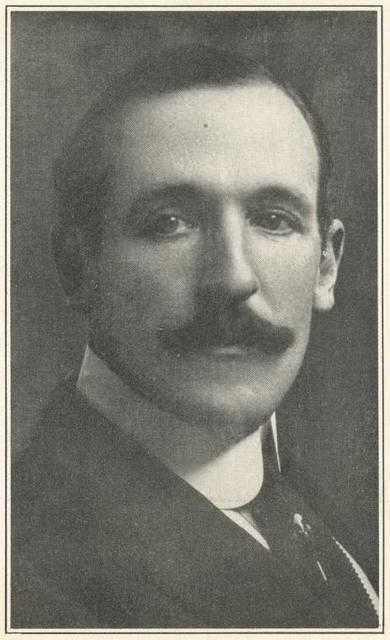

Partner Edwin Strawbridge
Queer Places:
Plattsburgh, NY 12901
136 W 55th St, New York, NY 10019
 Livingston Platt (1874–1933) was a designer.
Livingston Platt (1874–1933) was a designer.
Born in 1874 in Plattsburgh, New York, he studied art abroad and began to design for the stage at a theatre in Bruges, then returned to America in 1911 to accept a position as set and costume designer for Mrs. Lyman Gale's Toy Theatre in Boston. Platt then came to the attention of Margaret Anglin, who assigned him the task of creating sets and clothing for four 1914 Shakespearean revivals: The Taming of the Shrew, Twelfth Night, Antony and Cleopatra, and As You Like It. He eschewed the cumbersome, pseudo-realistic settings then fashionable and instead designed stylized settings whose use of a double proscenium allowed virtually instant changes. These sets were lit by him with striking imagination. Platt himself noted that his aim was "to see that every space of light and shadow which surrounds the action shall heighten and amplify the significance of the action," and he added, "Too much detail often ruins a play because it distracts attention from the action of the drama itself." Among his highly praised early settings were those for East Is West (1918) and Shakuntala (1919). In later seasons his fine designs were seen in such less imaginative mountings as Daisy Mayme (1926), The Racket (1927), Behold the Bridegroom (1927), The First Mrs. Fraser (1929), Dinner at Eight (1932), and The Pursuit of Happiness (1933).
Platt was a member of the family for whom the town of Plattsburgh is named. Platt gave to a young Alfred Lunt, who had been acting at the Castle Square, a letter of introduction to Margaret Anglin. Anglin invited Lunt to join her company of Beverly’s Balance (which Platt had designed) in 1915. In 1926 George Kelly chose Platt to do the sets for his next three plays: Daisy Mayme (1926), Behold the Bridegroom (1927), and Maggie the Magnificent (1929). Platt disappeared from the theater in 1933. Joseph P. Bickerton, his lawyer, received a note from Platt saying there was no need to represent him in court to answer on morals charges, as he would be dead. Platt disappeared after being detained, but whether he committed suicide or lived somewhere obscurely cannot be determined. Apparently Platt did not commit suicide but spent a couple of years painting in Belgium and then returned, heavily bearded, to New York. Margaret Anglin told Jerome Collamore that Platt, once in New York, moved in with dancer-choreographer Edwin Strawbridge, who died in 1957.
My published books: